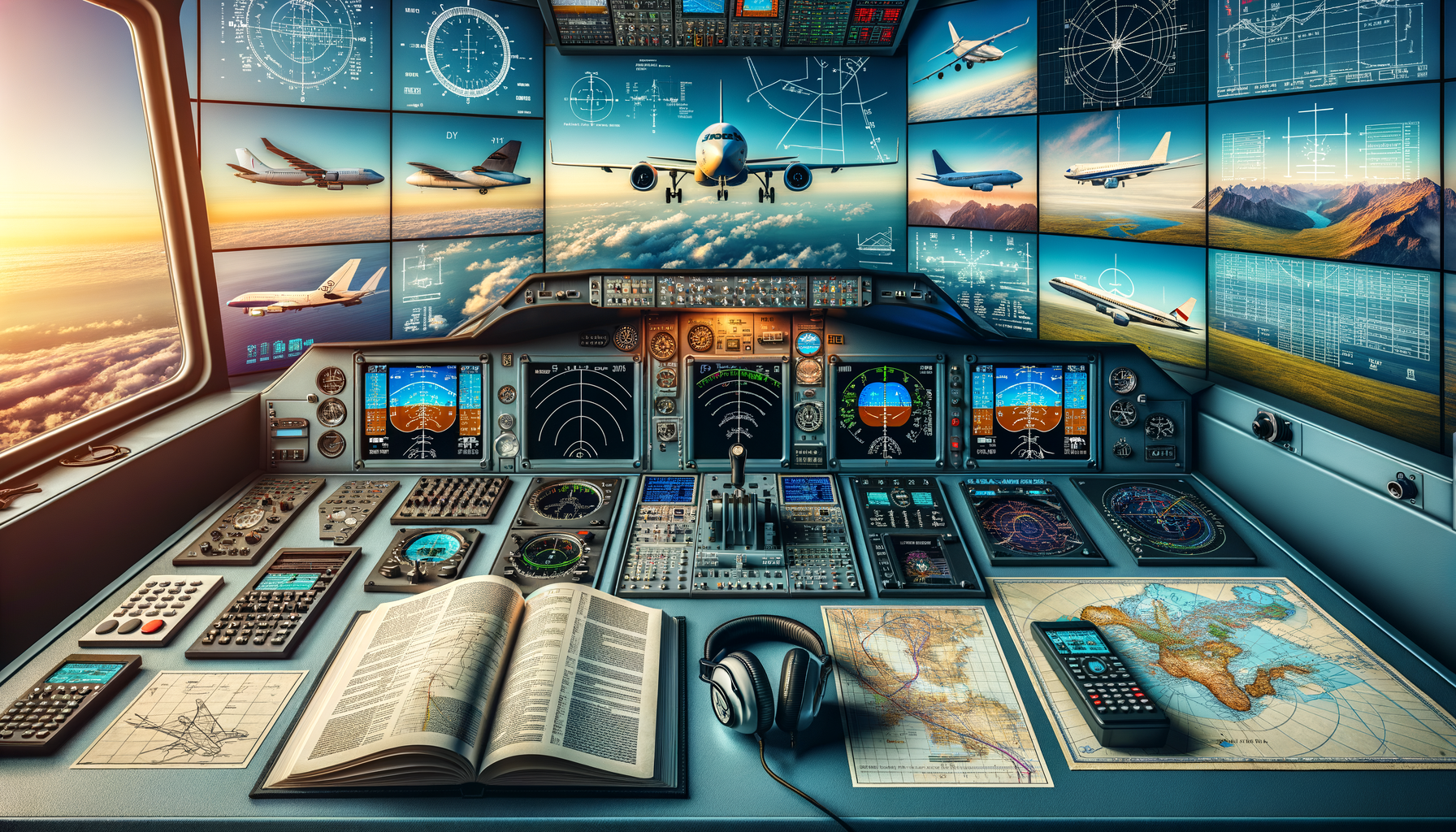
Aviation Training: Your Pathway to the Skies
The Importance of Aviation Training
Aviation training is the backbone of the aviation industry, ensuring that pilots, cabin crew, air traffic controllers, and maintenance personnel are equipped with the necessary skills and knowledge to operate safely and efficiently. The importance of aviation training cannot be overstated, as it directly impacts the safety and security of air travel. With the aviation industry continuously evolving, training programs are designed to keep pace with technological advancements and regulatory changes.
One of the primary reasons aviation training is crucial is the complexity of modern aircraft and systems. Pilots and crew members must understand intricate systems and be prepared to handle various scenarios, from routine operations to emergency situations. This requires comprehensive training that combines theoretical knowledge with practical application.
Furthermore, aviation training is essential for maintaining compliance with international standards and regulations. Organizations such as the International Civil Aviation Organization (ICAO) and the Federal Aviation Administration (FAA) set stringent guidelines that must be adhered to, ensuring a uniform level of safety and efficiency across the globe. Training programs are designed to meet these standards, providing a benchmark for the industry.
In summary, aviation training is vital for ensuring safety, compliance, and efficiency in the aviation industry. As the demand for air travel continues to grow, the need for well-trained professionals remains paramount.
Types of Aviation Training Programs
Aviation training encompasses a wide range of programs, each tailored to specific roles within the industry. These programs can be broadly categorized into pilot training, cabin crew training, air traffic control training, and maintenance training. Each type of training serves a distinct purpose and requires a unique set of skills and competencies.
Pilot training is perhaps the most well-known type of aviation training. It involves rigorous instruction in flight theory, navigation, meteorology, and aircraft systems. Aspiring pilots undergo simulator training to gain hands-on experience before taking to the skies. This type of training is divided into several stages, including private pilot license (PPL), commercial pilot license (CPL), and airline transport pilot license (ATPL).
Cabin crew training focuses on customer service, safety procedures, and emergency response. Trainees learn how to handle in-flight medical emergencies, evacuations, and passenger interactions. This training is essential for ensuring passenger safety and comfort.
Air traffic control training is designed to equip individuals with the skills needed to manage aircraft movements efficiently and safely. This involves learning about radar systems, communication protocols, and airspace management. Controllers play a crucial role in maintaining order and preventing collisions in the skies.
Maintenance training is critical for ensuring aircraft are in optimal condition. Technicians and engineers receive instruction on aircraft systems, diagnostics, and repairs. This training is essential for preventing mechanical failures and ensuring the longevity of aircraft.
Overall, aviation training programs are diverse and specialized, catering to the unique demands of different roles within the industry.
The Future of Aviation Training
The future of aviation training is poised for significant transformation, driven by technological advancements and changing industry needs. As the aviation industry embraces digitalization, training programs are increasingly incorporating virtual reality (VR), augmented reality (AR), and artificial intelligence (AI) to enhance learning experiences.
Virtual reality and augmented reality are revolutionizing pilot and maintenance training by providing immersive, realistic simulations. These technologies allow trainees to practice complex maneuvers and procedures in a controlled environment, reducing the risk associated with real-world training. VR and AR also offer cost-effective solutions, minimizing the need for physical resources and infrastructure.
Artificial intelligence is playing an increasingly important role in personalizing training programs. AI-driven analytics can assess individual performance and tailor training modules to address specific weaknesses or knowledge gaps. This ensures that trainees receive targeted instruction, improving overall competency and efficiency.
Moreover, the aviation industry is placing a growing emphasis on sustainability and environmental responsibility. Training programs are evolving to include modules on fuel efficiency, emissions reduction, and sustainable practices. This shift reflects the industry’s commitment to reducing its carbon footprint and contributing to global sustainability efforts.
In conclusion, the future of aviation training is characterized by innovation and adaptation. As technology continues to advance and industry priorities shift, training programs will evolve to meet new challenges and opportunities, ensuring that the aviation workforce remains skilled and prepared for the demands of the modern world.


